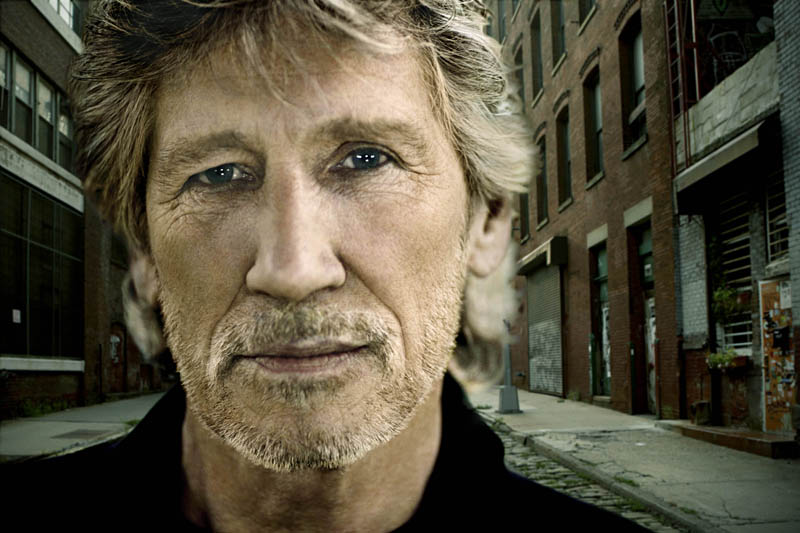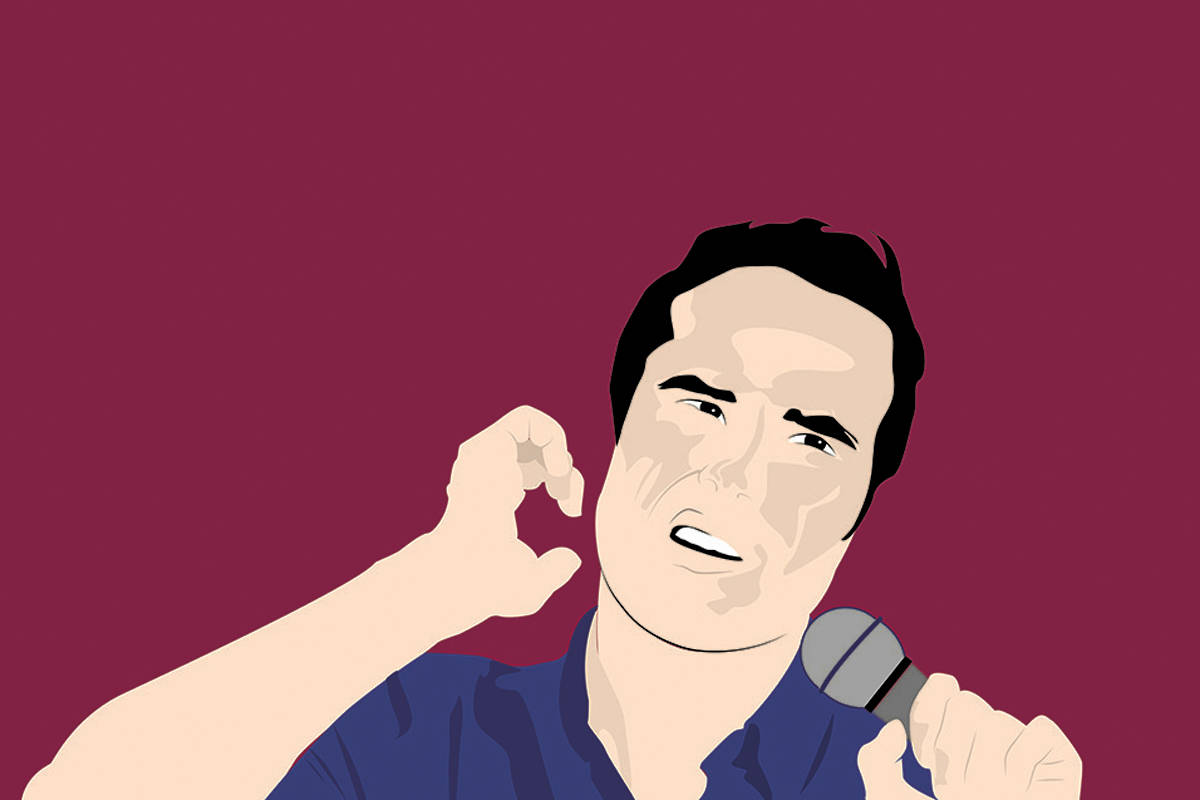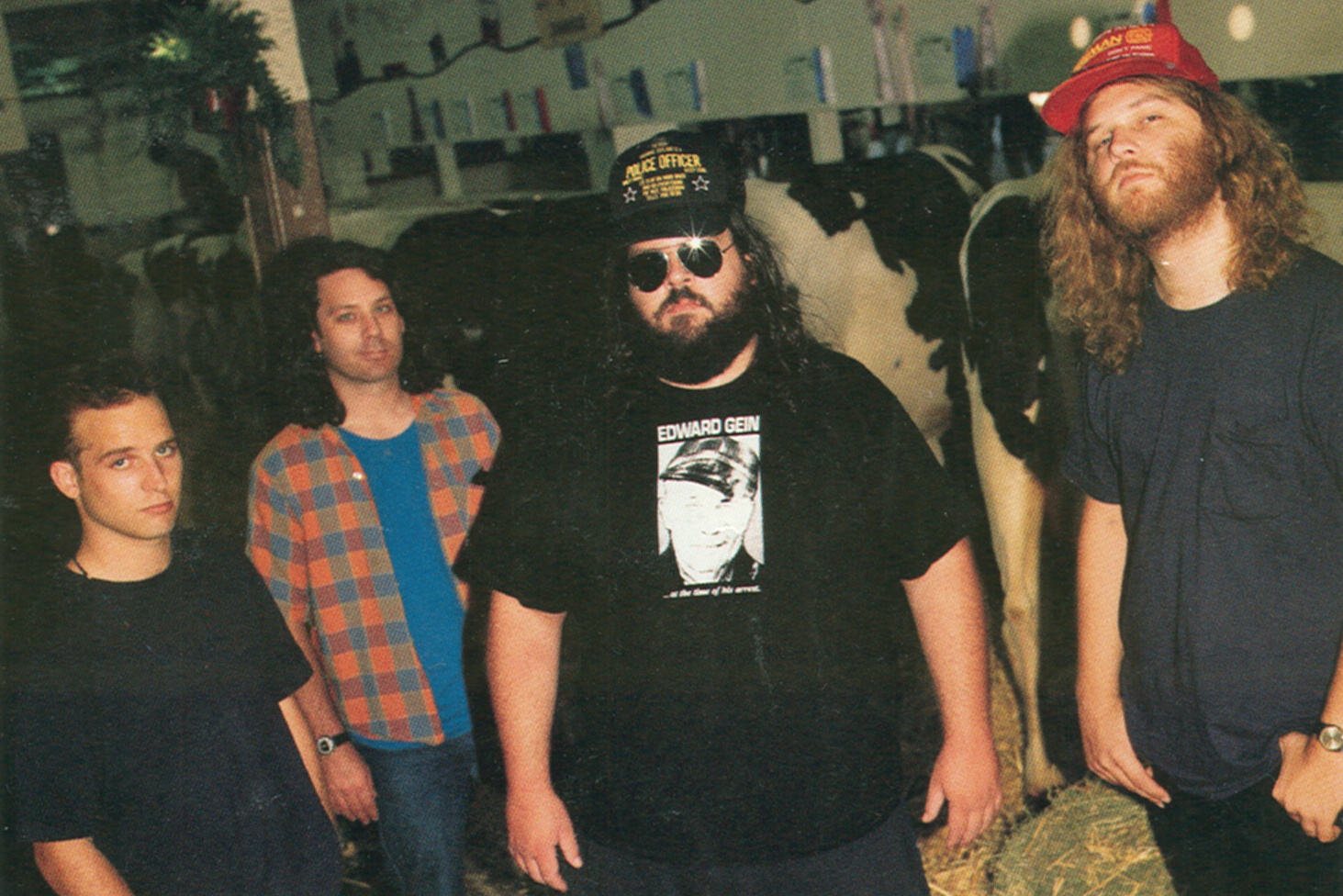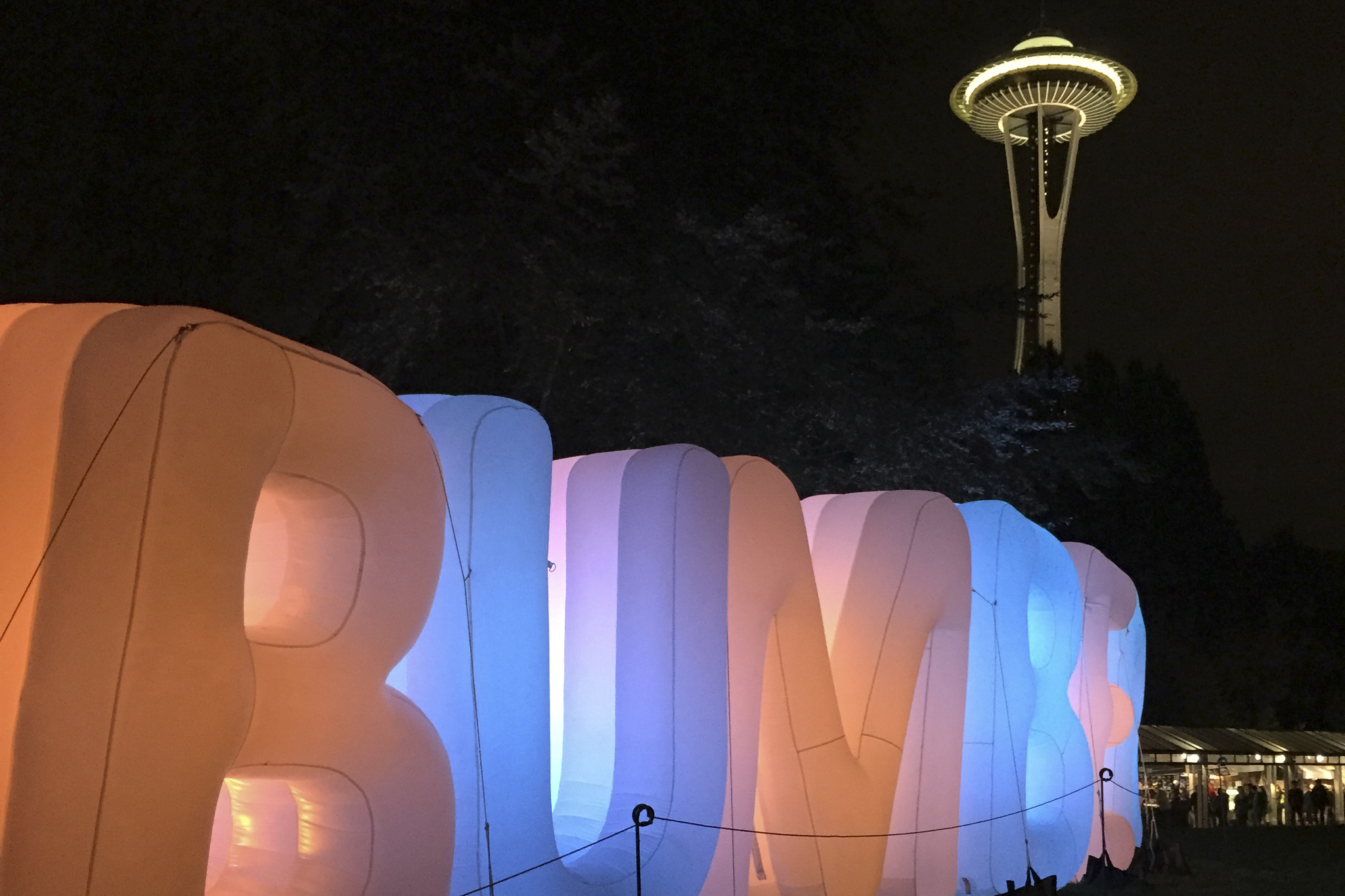Red eyes and a smoker’s cough are a common denominator among the teens and 20-somethings congregated outside the Seattle Laser Dome’s box office for a recent midnight showing of Pink Floyd’s The Wall. The live laser show has been running for a remarkable, historic 30 years. But it might surprise the enhanced patrons to know that the show is perhaps less indebted to Roger Waters— the former Floyd frontman who brings the album’s 30th-anniversary tour to KeyArena Thursday—than to the band behind the cowbell-driven hit “(Don’t Fear) the Reaper.”
When Blue Öyster Cult hit the road in 1976, riding high on the success of that now-ubiquitous single, the band added a new component to its live show that would forever become entwined with its legacy: lasers. Though frontman Eric Bloom had seen these high-tech lights used at Wings and Led Zeppelin concerts, he wanted to up the ante. So the band bought hundreds of thousands of dollars’ worth of cutting-edge laser equipment, which they hauled in a tractor-trailer and which made the band’s stage show shine—literally. In turn, the light show made BÖC one of the era’s must-see rock acts. But the success came at a price.
When rumors swirled about concert- goers suffering eye injuries from lasers shone directly into the audience, the government dispatched OSHA representatives to hit the road with the band and study this new entertainment. The resulting scrutiny led to government regulation of the laser business, and continued operating expenses forced BÖC to sell off the gear just 18 months later. But interest in the laser-light revolution and its connection to music had been solidified, a bond the art forms would share for the next three-and-a-half decades.
The year BÖC took their show on the road, a Los Angeles filmmaker named Ivan Dryer, who earlier in the decade had pioneered the first ongoing laser show at L.A.’s Griffith Observatory, brought his knowledge to Seattle to do the same for a fledgling section of the Pacific Science Center known as the Boeing Spacearium. Designed by American architect and futurist Buckminster Fuller for the 1962 Seattle World’s Fair, the room, with a perforated-aluminum domed ceiling 80 feet in diameter, had been used as a sort of Cinerama-style movie theater, with films projected onto the ceiling. But when the film stock began deteriorating in the mid-’70s, the PSC came up with a new idea: a laser show.
By the late ’70s, the laser business was booming, with shows popping up across the country in cities such as Denver, San Diego, San Francisco, and New York. The earliest shows featured an eclectic selection of music, from classical to Emerson, Lake, and Palmer, accompanied by simple laser animations that danced across the ceiling in mesmerizing shapes and patterns. Growing interest led to themed shows, particularly ones based on popular artists of the era like Led Zeppelin and Rush. The latter tapped Dryer to design the lasers for their 1977 tour; in fact, Rush’s 1982 album Signals was the first to get the full laser-show treatment.
But another band was Dryer’s favorite, and it would ultimately take the medium to new heights: Pink Floyd. “I was very taken with their music,” he recalls. “It was very dramatic, very programmatical—and still is. There’s no band anywhere near them as far as I’m concerned in terms of the quality.”
Patrick Murphy, director of the International Laser Display Association, which promotes the art and technology of laser shows, agrees: “That’s a perennial because of the spacey music and lyrics. It goes perfectly with lasers, which tend to be a more abstract medium. You’re kind of filling in some of the void.”
According to the PSC’s best guess, sometime around 1982 the Spacearium also became enamored of the music of Pink Floyd, offering a late-night show featuring The Wall, the band’s landmark 1979 album, which has sold more than 30 million copies. Remarkably, The Wall‘s laser show has played every Friday and Saturday at midnight ever since.
Despite its growing popularity, the laser business didn’t peak until the ’90s. Virtually every big city had a planetarium with some form of laser entertainment, fueled by the explosion of modern-rock radio. John Borcherding, Laser Theater Supervisor for what is now known as the Seattle Laser Dome, said that for years radio was the major factor in programming, inspiring shows featuring bands like U2, the Beastie Boys, and Sublime. Going to the laser show became a rite of passage for teenagers, modern rock’s biggest demographic, and the Seattle Laser Dome was bombarded by young adults old enough to drive but too young to drink. Fountains of Wayne even wrote a song, “Laser Show,” about the experience on their 1999 album Utopia Parkway, a concept record about growing up in the suburbs. “They come from Bridgeport, Westport, Darien,” Chris Collingwood sings. “Down to the Hayden Planetarium/We’re gonna space out to our favorite tunes/We’re going straight to the dark side of the moon.”
Laser shows also became tied to marijuana culture, another phenomenon mainstreamed in the ’70s. You could top off the latest Cheech & Chong flick with a midnight show of Dark Side of the Moon at the local laserium; the shows’ bright colors, abstract animations, and loud music were near-perfect entertainment for stoners. “The standard announcement ahead of our shows,” says Dryer, “was ‘There is no smoking of anything in the planetarium.’ ” He said it wasn’t uncommon to catch audience members toking up during a performance. In San Francisco, there was even a group called the Roach Patrol, who collected the remains of stamped-out joints on the auditorium floor after showings.
Borcherding, however, says the two cultures aren’t as linked as they once were. “We have definitely seen a lot less people coming in that either smell funny or that look like they’ve been drinking,” he says. “I don’t know what it is about society that has changed, but things are definitely different.” He should know: Borcherding has been performing live laser shows in Seattle for a dozen years, and bills himself as the most-performed laser artist in the world, having done more than 12,000 shows. To put that in perspective, Borcherding has performed The Wall in Seattle somewhere in the neighborhood of 1,200 times, substantially more than Roger Waters or Pink Floyd have done so—worldwide—combined.
Today, Seattle’s laser venue is one of the last to offer year-round laser programming. “Laser shows in planetariums have kind of dwindled,” Murphy says, adding that despite the lack of venues, lasers are still very popular in touring shows and on television at events like the Super Bowl or the finale of American Idol.
“There are more choices competing for kids’ entertainment dollars today,” adds Borcherding, who thinks the Internet, video games, and iTunes have taken a bite out of ticket sales. “A kid can go out and spend 50 or 60 bucks on a video game that’s going to keep them entertained for a month.”
Though The Wall has survived longer than any other show at the Laser Dome, it isn’t the venue’s most popular. More contemporary shows from Lady Gaga and Daft Punk pull in bigger numbers, but the power of Pink Floyd endures. “The Wall is a dark album and very intense,” says Borcherding. “And that midnight show is kind of a special crowd. We have not hit that low point where we need to say it’s time to pull it. Even Daft Punk has come out and gone back in.”
Murphy says the laser business is moving away from the kind of graphics seen at the Seattle Laser Dome and more toward beam patterns and shapes that can move around to the music and envelop you. “It’s like being in a fireworks display,” he said. “It’s like having the light come and touch you in a way that many other medias don’t do. It’s really stunning.”
Oh, as for those rumors about laser-damaged retinas at Blue Öyster Cult shows? It’s actually very difficult to be injured with a laser, and even the rare injuries are usually temporary. Murphy elaborates: “We’ve done an extensive study of 30 years of laser shows, and we have found eight suspected or probable eye injuries out of about 11 million people who have seen these shows.” In other words, don’t fear the laser.








